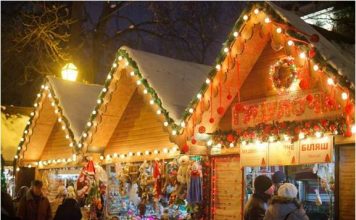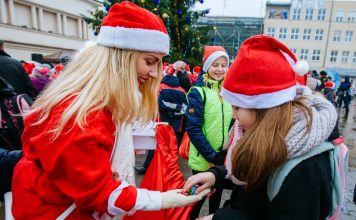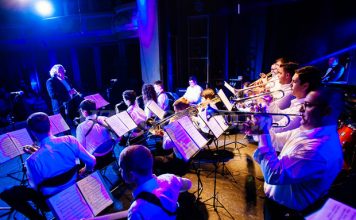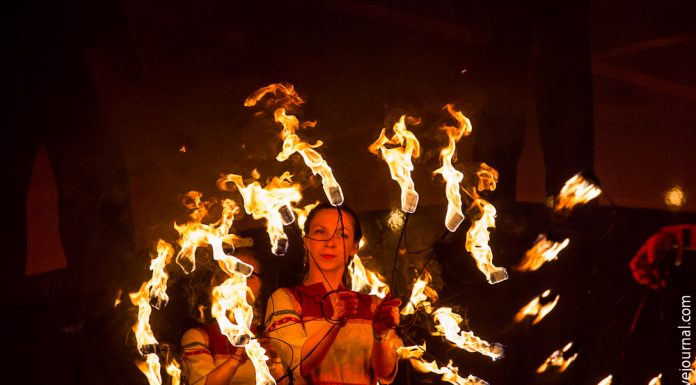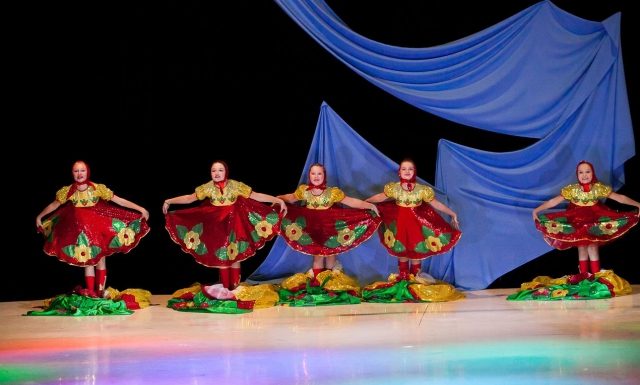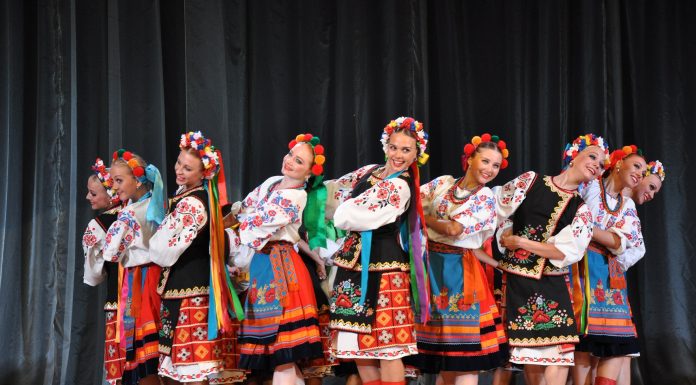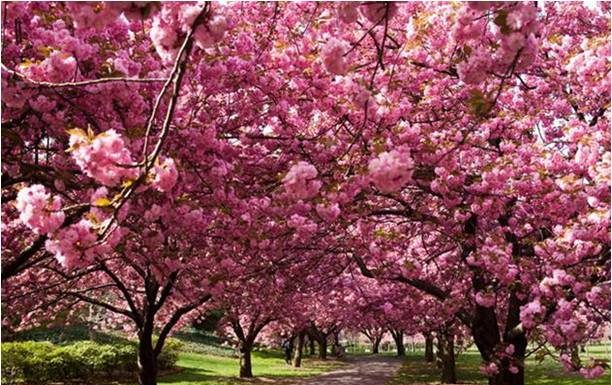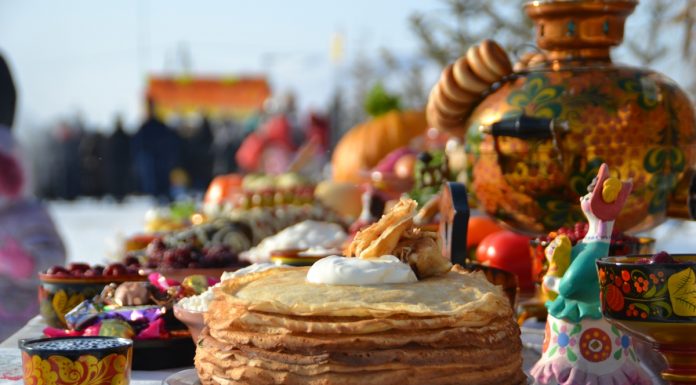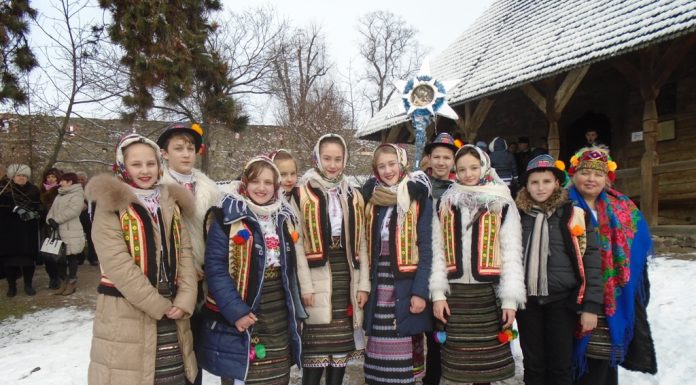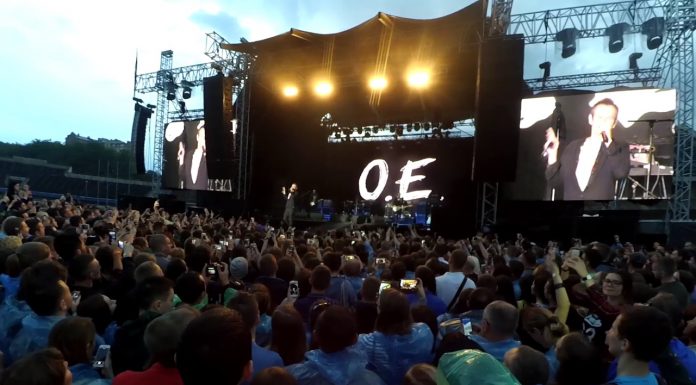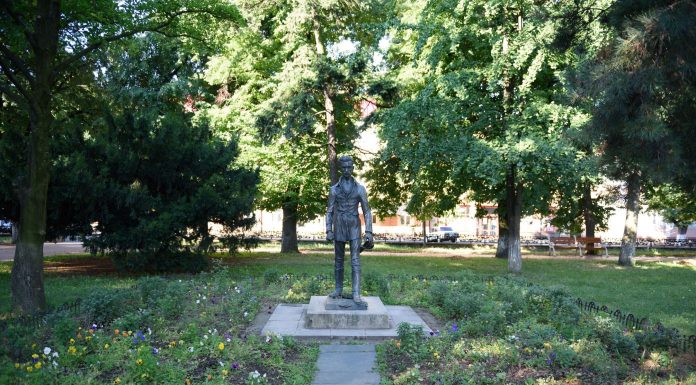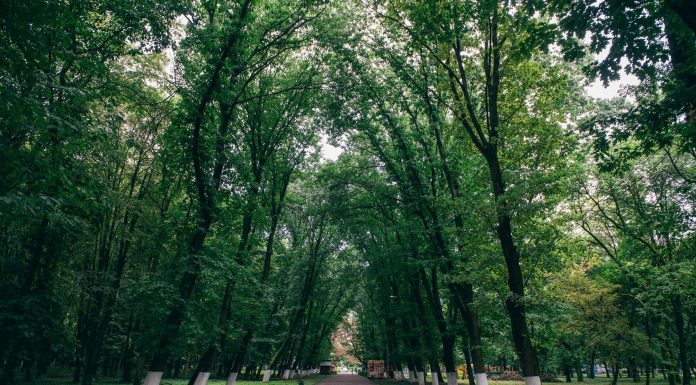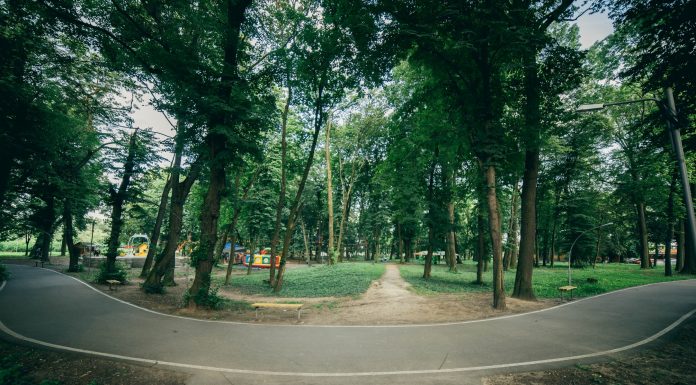Crowds can expect fire performances from theatres from across Ukraine and beyond; Fire battles, gymnasts, acrobats and jugglers, as well as performances of music groups and lots of parties.
The festival has become a tradition in our region. It demonstrates the best examples of children's art. The goal is to revive cultural and moral values of the family unit; identify and support talented children; and to develop creative skills and abilities in different genres of art.
The "Transcarpathian Edelweiss" national festival of the arts is an artistic and social event designed to promote contemporary art among the population of Ukraine, revealing new talented artists and authors.
Any ensemble or individual artist - amateur or professional - can participate in the Festival, in genres such as singing, choreography, instrumental music, oratory art and circus.
In mid-April Uzhgorod is painted in pink with cherry blossoms. This event brings tourists from all around the world. During this time Uzhhorod holds the traditional festival "Sakura Fest", with various art exhibitions, fairs and art performances of Transcarpathian musicians.
This is a gastronomic festival with a variety of cultural and entertainment programs that combines Transcarpathian and Ukrainian traditions with modern trends. The name of the festival - "Palachinta" – comes from the Hungarian «Palacsinta», which in Transcarpathian dialect means "pancake".
The festival program includes:
* folk festivities, concert programs, fun entertainment and contests
*surprises for children
* prizes for the brave who...
All Transcarpathians and their guests have chance to hear carols in Ukrainian, Slovakian, Hungarian, Romanian and even German. Caroling groups come from all over the region, bringing their Vertep (a portable puppet nativity theatre). The groups entertain guests not only with beautiful singing, but also by acting out funny performances, full of various colourful characters. Visitors can also enjoy...
The material and spiritual culture of the city was formed under the influence of members of different ethnic groups living in the Carpathian region, including Hungarians, Czechs, Slovaks, Poles, Romanians, Germans and Jews. This vividly affected the development of arts, architecture, music and customs. As for painting, the Transcarpathian artists were influenced by Western schools.
Each year Transcarpathia holds more...
In the nineteenth century this area was called Trade Square. In 1990, it was renamed after the Hungarian poet and revolutionary Shandor Petofi. On July 11, 1847 he was on his way to his lover, who lived in Transylvania and stopped overnight in Uzhgorod. The night spent at the hotel "Black Eagle" (Petofi Sq., 20), and his impressions of...
Bozdosh Park was first opened in 1954. In 1984, the Transcarpathian Executive Committee issued a decree to create a landscaped park of local significance within the boundaries of Uzhgorod, to be located on Bozdosh Street. The total area of the park is 50 hectares and today it is part of Ukraine’s natural reserve system. The park is also a...
Pidzamkoviy Park was begun in the middle of the 16th century. In the early 1870s, this area was called Széchenyi Park, after the famous public and political figure. During the time that Uzhgorod and Transcarpathia were part of Czechoslovakia, the stadium of the Sports Club "Rus" was built. Soon after, a municipal swimming pool was construced in the park....

